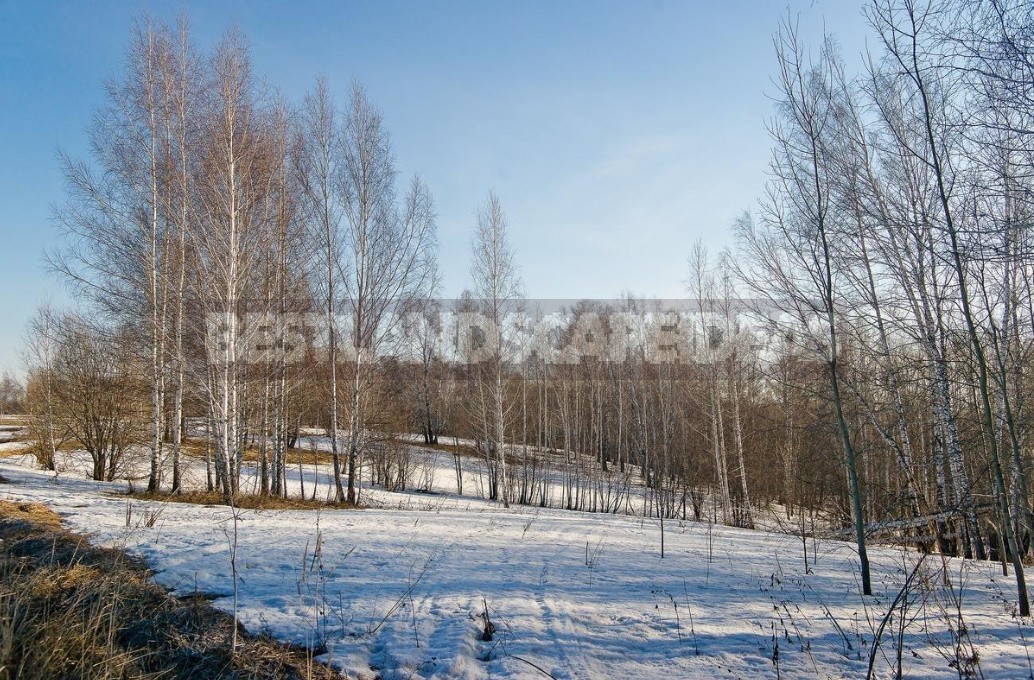
March is the first month of spring. And even if there is still snow all around, even if the frost is not uncommon — but the day has noticeably increased, the sky has become high and piercing blue, and the sun is bright. Already the sparrows were chirping, the first drop was ringing, and the cats could smell the spring…
The March weather is unstable, changeable: “March is a month of great fun.” It was considered favorable if the weather changes gradually, winter slowly gives way to spring, but this did not always happen. It is not for nothing that so many folk sayings, sayings and phrases speak of the unpredictability of this month: “March is wrong-it cries, it laughs”.
If a thaw came, the farmer was in no hurry to rejoice, knowing that the cold would surely return. However, “in March, the frost is creaking, but not tenacious”, because the sun is already warming the earth, drowning snow, driving meltwater. If only everything was in its time, because if ” it melts early — it will not melt for a long time.”
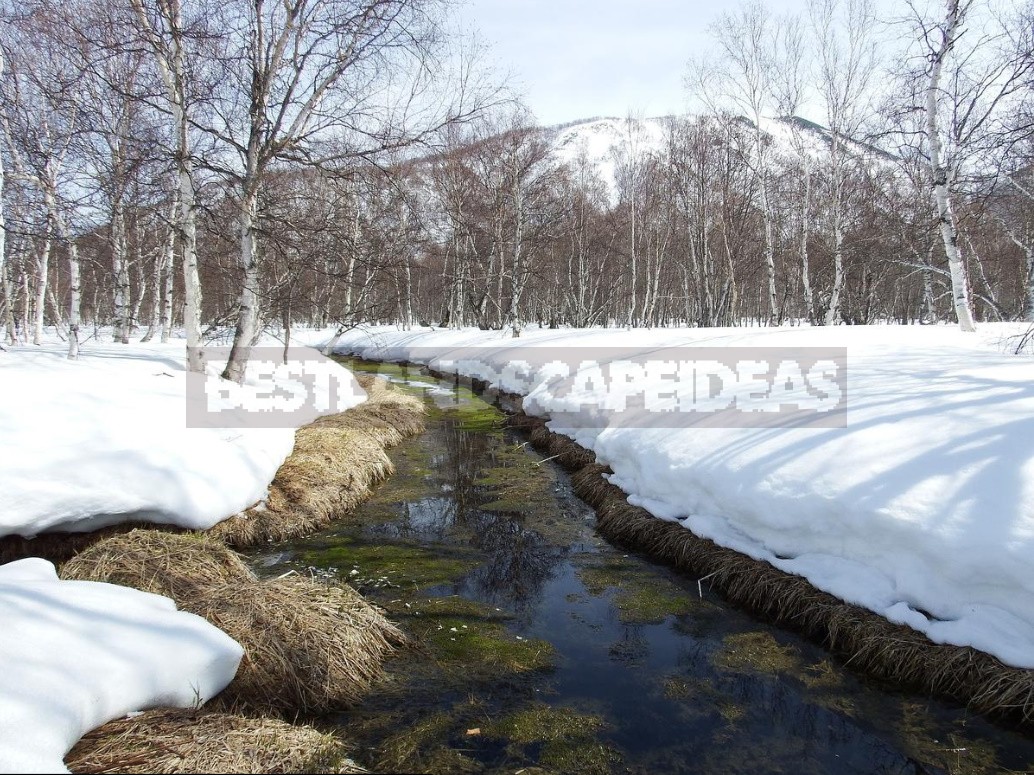
The first streams — one of the most important signs of March; by the amount of water, the timing of snowmelt, the first rains made conclusions about the coming spring and the future harvest. They said, ” If the water doesn’t flow in March, the grass doesn’t grow in April.” But along with the snow, the sledge tracks that were rolled up during the winter also melt — it is time for spring off-road: “in March, you will leave on a trough.”
Let’s see what our ancestors paid attention to at this time — maybe it will be useful for us. After all, we are still concerned about the weather and the harvest.
Summer forecast, crop views
By the way March turned out, they judged what to expect in the spring and summer. Will it be dry and hot or wet and cold, will the bins be filled by autumn, or will the year be unsuccessful? Tell natural phenomena.
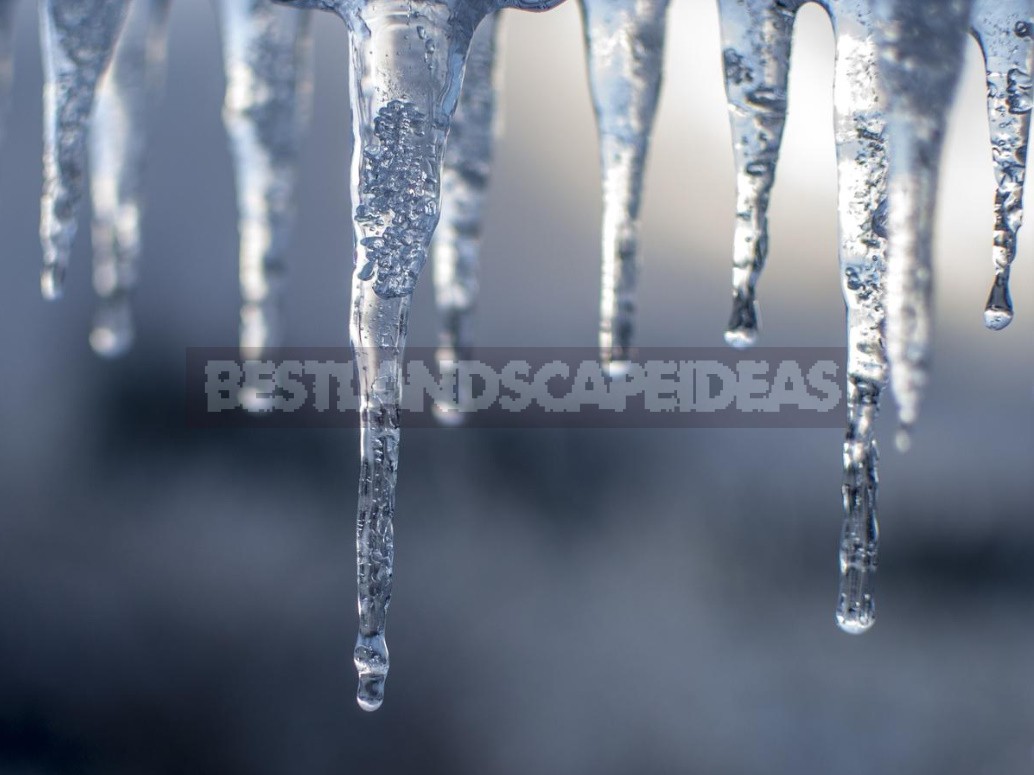
- If the March snowstorm, the snow on the fields lies the hill — expect a good crop of spring vegetables and breads.
- A dry March promises a fertile year, and a rainy one foreshadows a bad harvest.
- March is dry and may is wet-there will be porridge.
- March thunder – to the harvest year, and if the lightning flashed without thunder – to the dry summer.
- Frequent fogs in March — wait for a rainy summer.
- Warm winds in March — to a rainy warm summer.
- If it is warm in the middle of March, the summer will be warm.
- Rare frosts in March promise a good harvest.
- Long icicles — the long spring.
- If the snow melts from the sun – to a good harvest, and if the rain – to the summer drought.
- If the snow on the anthill melts simultaneously from the North side and from the South — wait for an unusually hot and long summer.
- The ice on the rivers is rapidly disappearing — for a good year.
- The early appearance of Tussilago in the thawing areas is due to the April heat.
- At the end of March, the snow melts quickly, the water runs amicably — the wet summer will come.
- On the tubers of potatoes in the storage room, eyes sprouted early — by early spring.
What are the sparrows chirping about?
A lot of folk traditions of March are associated with observations of animals and birds. This is probably no accident: with the onset of spring, nature wakes up, migratory birds return, animals in the forest become animated, and domestic animals can smell changes. We can only note and draw conclusions…
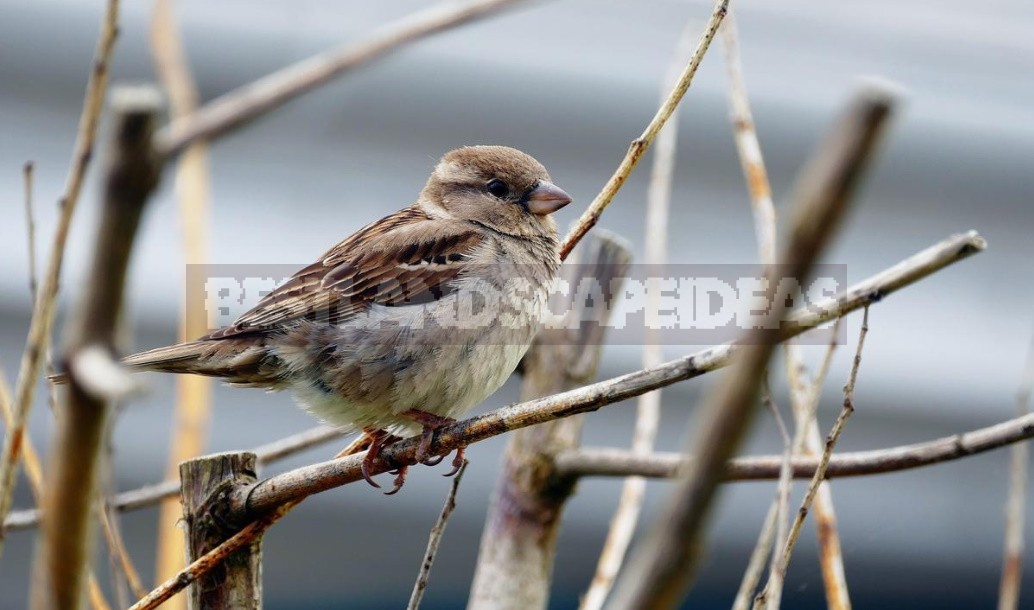
- Rooks have arrived — the snow will come down in a month, and if on arrival they immediately sat on the nests — the spring will be friendly, the summer will be fruitful.
- Jackdaws and rooks are sitting on the road in flocks — bad weather is coming, and if they are flying high in the sky and quickly fall to the ground-expect snowfall.
- If flocks of rooks hover over the nests, they worry-to a change in the weather.
- The crow hides its head under its wing – for cold weather, croaks insistently – for bad weather, and sits down on the ground — for warming.
- The pigeons were blowing their horns-for clear, good weather.
- Sparrows gather under the roofs, feathers are cleaned-wait for warming; if in a prolonged bad weather they become animated, chirped — the weather will change for the better.
- Sparrows gather in the bushes in the morning and call – to the bad weather.
- Chickens dig in the snow-to warming.
- The rooster calls often and at the wrong time — the weather will spoil, on the fence sings – to good weather.
- Geese and wild ducks clean and oil their feathers for bad weather.
- Owl calls – to the cold.
- Woodpecker on a fine day often knocks with its beak — there is a warming.
- Sheep bleat, huddle together-wait for the weather.
- Pigs itch — it will be warm.
- If the hares do not molt for a long time, the cold will last.
- Forest animals: foxes, hares, moose, boars — move from their usual places to higher ones — expect a strong flood.
- Field mice from the floodplain of the river go-to high flood.
- The gulls have arrived — the ice will soon come off.
And the weather…
Changeable March weather, even folk omens can not accurately predict. But there are still some observations:

- Weak traction in the oven – to dampness.
- The moon is twinkling in the sky — wait for the snowfall.
- The horns of the new moon seem very sharp-to strong winds.
- The stars seem smaller than ever, ready for rain.
- The sun on a nice day the light is dim — the weather turned bad.
- By night, the wind increases — there will be bad weather, and if it increases at night – to warming.
- Dawn is crimson-red-to a strong wind.
- The clouds are high and fast in the sky-wait for a clear day.
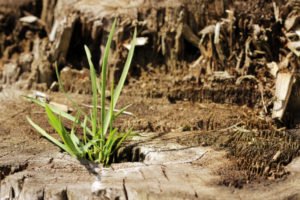


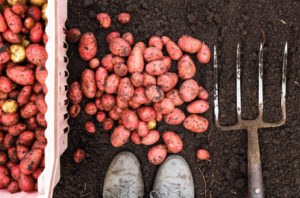
Leave a Reply